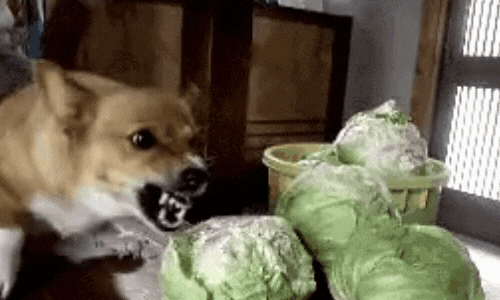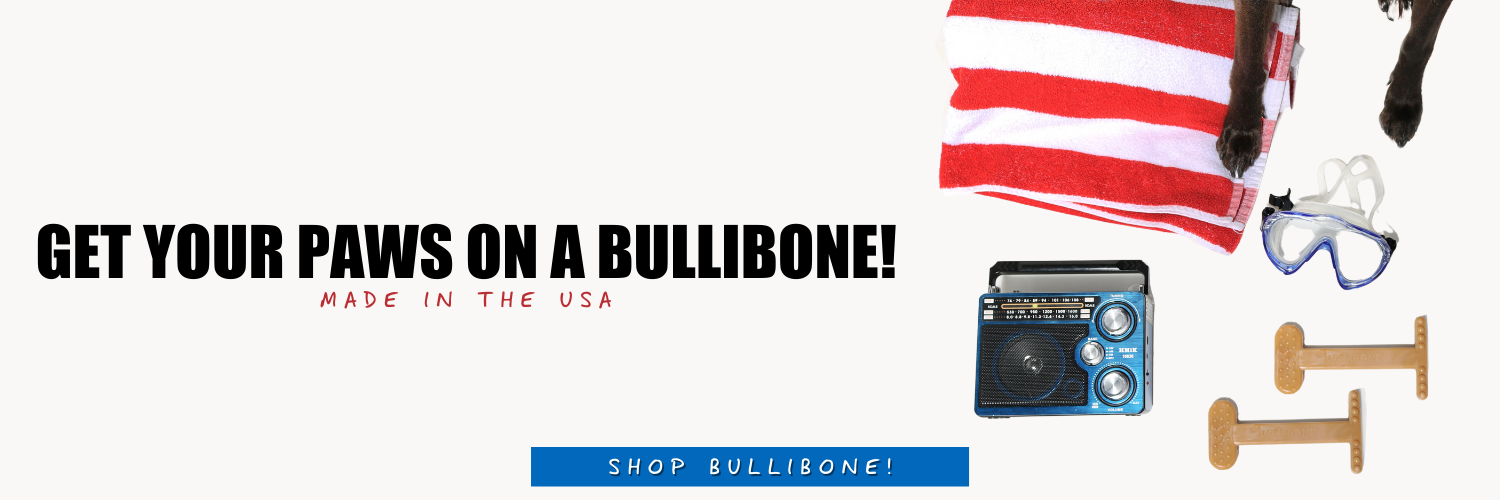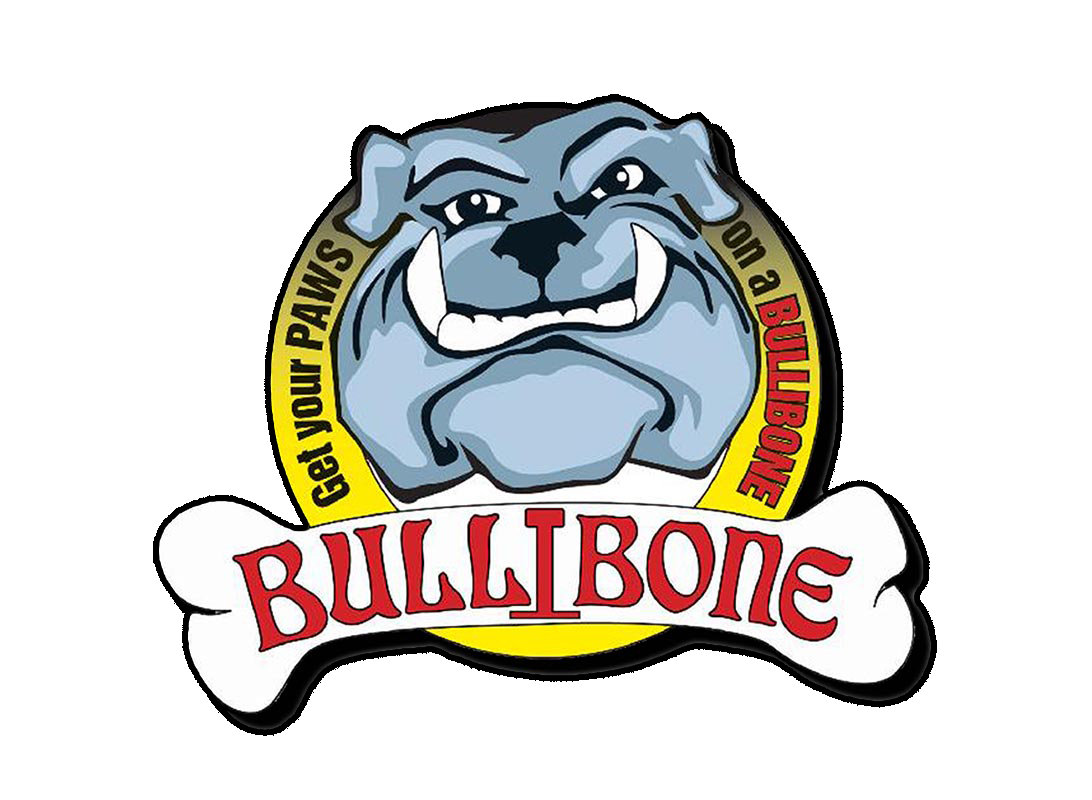Training a reactive dog can be a challenging but rewarding journey. Reactive behavior, especially leash reactivity when it comes to a harness vs. collar, can make walks stressful and cause frustration for both the dog and the owner. However, with patience, understanding, and effective training techniques, you can help your reactive rover overcome their fears and develop a calmer and more confident demeanor. This comprehensive guide will explore step-by-step strategies to address reactive behavior, manage triggers, and promote positive behavior modification. By utilizing positive reinforcement, proper dog training tips for beginners, and seeking professional guidance, you can empower your dog to lead a happier and more balanced life.

Step 1: Understanding Reactive Behavior
To effectively address your dog’s reactive behavior, it’s crucial to understand the underlying causes and triggers. Reactive behavior can stem from fear, anxiety, frustration, or past negative experiences. By observing your dog’s body language and emotional responses, you can identify the specific triggers that set off their aggression. Common triggers include other dogs, strangers, loud noises, or specific environments. Understanding these triggers will allow you to tailor your training approach accordingly.
Step 2: Seek Professional Guidance
Training a reactive dog can be complex, and seeking professional guidance is highly recommended. A qualified dog trainer or behaviorist with experience in working with reactive dogs can provide invaluable support. They will assess your dog’s behavior, develop a customized training plan, and guide you through the process. Professional guidance ensures that you and your dog receive the necessary expertise and support to navigate the challenges of aggressive behavior effectively.
Step 3: Managing the Environment
Managing the environment plays a crucial role in training a reactive dog. By minimizing exposure to triggers and creating controlled situations, you can set your dog up for success. This involves avoiding crowded places, maintaining a safe distance from potential triggers, and utilizing a sturdy leash and harness for better control. Gradually introducing controlled environments can build your dog’s confidence and reduce the likelihood of reactive episodes.
Step 4: Emphasizing Positive Reinforcement
Positive reinforcement is a powerful training tool for reactive dogs. By focusing on rewarding desired behaviors and using positive reinforcement techniques, you can encourage your dog to exhibit calm and appropriate responses. When your dog displays calmness, attention redirection, or alternative behaviors in the presence of triggers, reward them with treats, praise, and affection. This helps your dog associate good behavior with rewards, reinforcing their positive actions.
Step 5: Counter Conditioning and Desensitization
Counterconditioning and desensitization are essential techniques in training a reactive dog. The goal is to change your dog’s emotional response to triggers by gradually exposing them to the stimuli in a controlled and positive manner. Start at a distance where your dog remains calm and reward them for their relaxed behavior. As your dog becomes more comfortable, gradually decrease the distance, ensuring that they stay relaxed throughout the process. This gradual exposure helps them develop new associations and replace their reactive response with a more positive one.
Step 6: Engaging in Alternate Behaviors
Teaching your reactive dog alternate behaviors is crucial to redirect their focus and provide an outlet for their energy. Train them to perform commands such as “sit,” “stay,” or “look at me” when they encounter a trigger. By redirecting their attention to you and rewarding them for the desired response, you can help shift their focus away from reactive behavior. This redirection also helps create a positive association with the presence of triggers.
Step 7: Loose Leash Walking and Focus Exercises
Practicing loose-leash walking and focus exercises can significantly improve your dog’s behavior and responsiveness. Teach your dog to walk calmly on a loose leash and maintain eye contact with you. Use positive reinforcement to reward your dog for their cooperation and attentiveness during walks. These exercises enhance communication, build trust, and provide a constructive outlet for their energy.
Step 8: Gradually Increasing Exposure to Triggers
Once your dog demonstrates progress in controlled environments, it’s time to gradually expose them to triggers in a controlled and structured manner. Start with lower-intensity triggers and gradually work your way up. Continue rewarding and reinforcing positive behavior to build their confidence and trust. Gradual exposure helps your dog generalize their learned behaviors in various real-life situations, ensuring a consistent response.
Step 9: Consistency, Patience, and Persistence
Training a reactive dog is a journey that requires consistency, patience, and persistence. Results may not be immediate, and each dog progresses at their own pace. Stay committed to the training plan, maintain a calm and assertive demeanor, and celebrate small victories along the way. Remember, your dog is unique, and training takes time. Adjust your approach as necessary, and never hesitate to seek professional help when needed.
As a dog owner, reactive dog training requires time, dedication, and a compassionate approach. By understanding dog reactivity, seeking professional guidance, and utilizing positive reinforcement, you can help your aggressive dog or fearful dog overcome its unwanted behavior. Remember to create a safe and controlled environment, focus on building their confidence, and celebrate their progress. You can transform your reactive dog into a calmer, more confident companion with consistency, patience, and persistence. Together, you’ll embark on a journey of growth and learning alternate behavior to strengthen the bond between you and your beloved pet.

